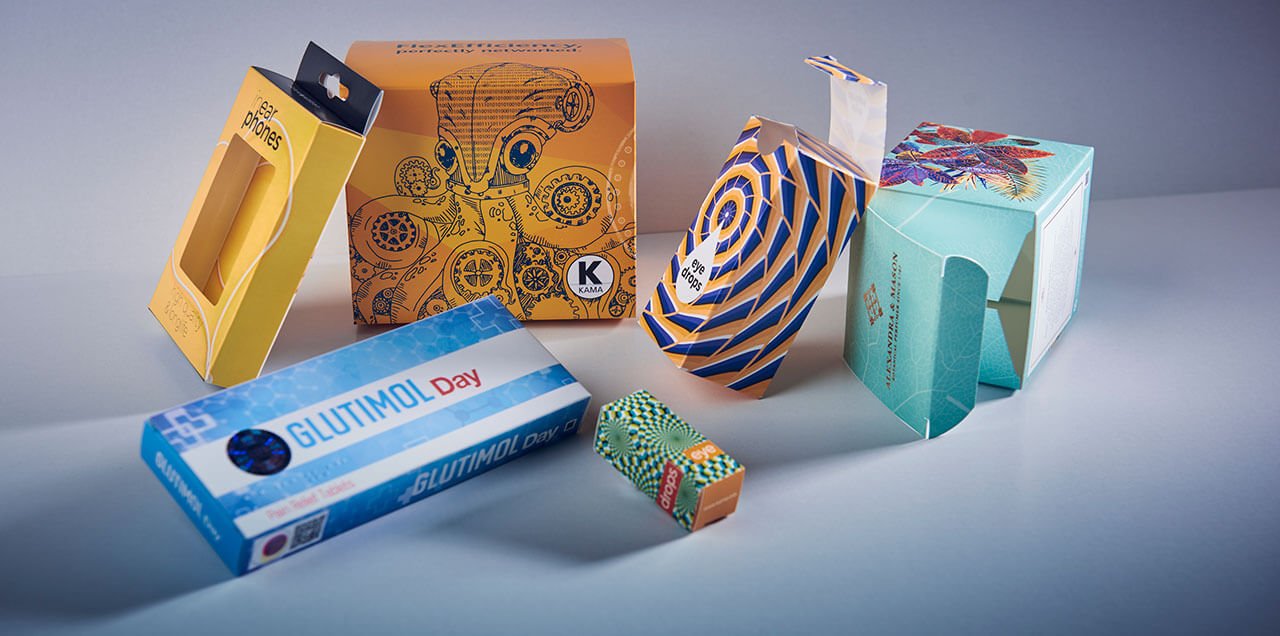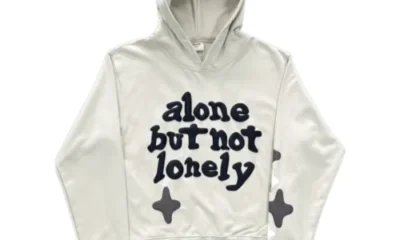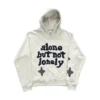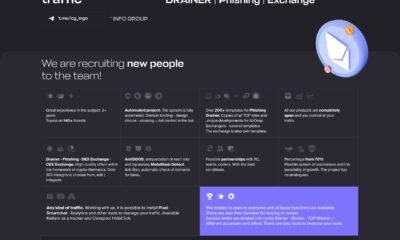Technology
Advantages and Disadvantages of custom printed packaging
Custom Printed Packaging is the packing in which the boxes or containers are designed by the manufacturer of the product, independently according to his own choice and taste. The company custom prints the boxes in a way that they reflect the objective and image of their product and company, respectively. Now a day’s custom art work packaging is the way to go as it gives the manufacturer an opportunity to represent his products in a more unique and eye-catching way. However, custom packing if not done right can also be disadvantaged in a number of ways. A number of factors should be kept in mind while designing customized art boxes as they are the main source of the interaction of your product to the retail market and the customers themselves.
When designing custom packing, first of all, the company should decide between the types of artwork that are beneficial for them that is less cost-effective for them. There are a number of methods to print on boxes.
- Lithography Printing
Lithography is a technique that is commonly used for folding cartons and labels.
Advantages
- The quality of boxes is super fine in this type.
- It can offer more than 4 color processes with high quality.
- The special coating can also be done in order to create a matte soft-touch or super high gloss.
- Color gradients are smooth and far less noticeable.
Disadvantages
- The surface must not be in any other shape other than flat.
- Tooling investments are required.
- A high number of packages are required in order to gain optimum pricing.
- Flexographic Printing
Flexographic patterns are commonly done in standup pouches or packaging that is flexible.
Flexographic designing is mostly done on the corrugated boxes. Corrugated boxes are layered boxes and are flexible due to which flexographic is way more suitable for it.
Advantages
- Flexographic patterns cost quite less per unit as compared to the lithographic method.
- The Tool cost is significantly low in the flexographic.
- The turnaround time in this is faster
- It can use a mixture of both oil and water-based inks.
Disadvantages
- The pattern quality is not as good as the lithographic.
- The color gradients cannot be as smooth.
- Cannot produce good photo-quality images that are convincing and impressive to the consumers.
- Digital Printing
Digital designing in the world of custom printed packaging has a wide variety of applications in the custom packaging world. Digital artwork is done in making labels, prototypes, corrugated boxes, folding cartons, and as films for flexible packing
Advantages
- The setup cost for digital designing is almost zero.
- The turnaround times are less than a week
- Quality is good and can be comparable to the lithographic method.
Disadvantages
- The larger the volume of packaging, the more expensive it would be.
- PMS colors can be a bit tricky to handle. Color matching is significantly difficult in digital design.
- The wear and tear of this method is far more than others. The protective coating is quite minimal.
- Coating options are far less than the lithographic.
- Rotogravure Printing
This type of design is done on surfaces that are flexible and folding cartons.
Advantages
- The quality is premium as compared to the other types.
- Photos and images can easily be printed in rotogravure design.
- It can easy add the 4 color process similar to the lithographic method.
- It lasts for a long time as compared to others and image does not deteriorate.
- Silkscreen Printing
This type of designing is mostly done on labels, prototypes, folding cartons and promotional items.
Advantages
- It is excellent for packing that is pre-made such as bottles or caps or promotional items such as cups of clothing.
- The setup cost is quite low in silkscreen.
- Smaller packing is not expensive.
- It does not require a plain surface.
Disadvantages
- The speed of production might be slower as compared to lithographic.
- There is a chance of human error during this process.
- Silkscreen cannot produce high-quality of image qualities.
- This type of design is not good for high volumes.
There are some other advantages to custom printing as well
Targeting the Audience
Custom patterns on the packaging are the most legitimate way of attracting your customers. It helps the manufacturer of the product to target a specific type of customer for which its product is designed. In order to focus on a certain type of customer, the boxes of a retailed item must be pointing to that age group for which the item is designed. For example, a company making toys would be focusing on designs that are more colorful or more animated in order to catch the eye of that small age group.
Custom artwork makes you standout
One of the major advantages is that it makes your retail item one of a kind. It makes your product unique while sitting on the shelves of a store. The old and original customers of a product distinguish a product merely by the artwork on the box. Nowadays a number of rival companies have emerged for each type of brand. For example, if a company makes morning cereals, it should create such a unique packing that it becomes eye-catching on the shelf. As cereals boxes of all brands have the same type of packing, it is the difference in custom packing here that matters.
There are some disadvantages of custom packing as well
Small volume costs more
If you are running a small company or a company that is just at its initial stages, it is likely that you will not be needing a large amount of packing. The smaller the number of packing to be printed, the more it costs.
Custom Printing is not done right
If the custom printing packages are made in a way that they do not reflect your hard work, your organization’s goal, or the purpose of that product, it might just be a waste of money. Some rivals invest in designing yet they copy someone’s work, this act does not bring any benefit to them. Original work is always appreciated.

















